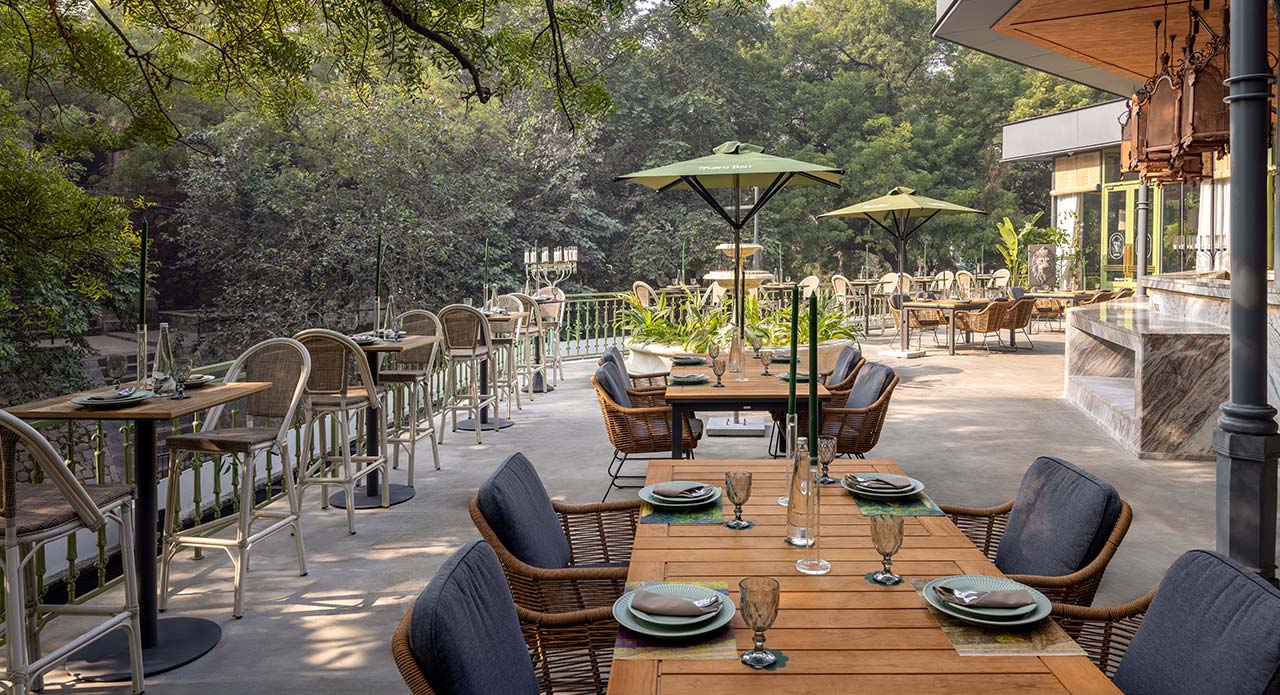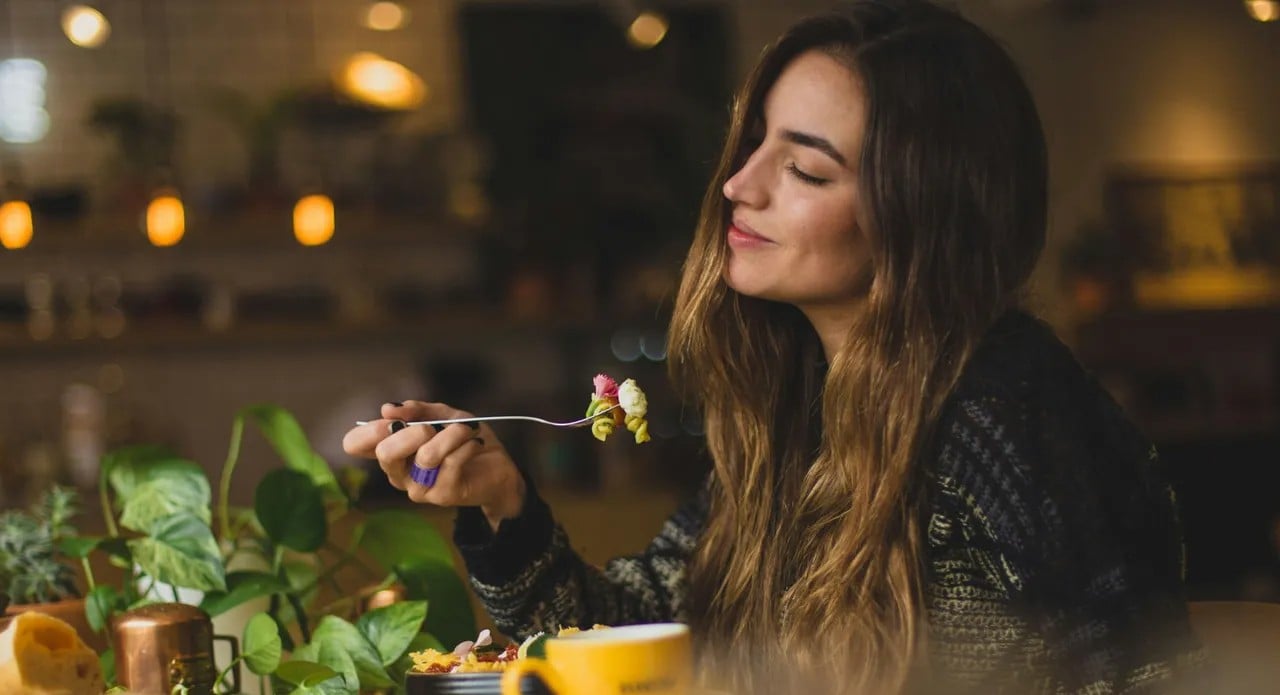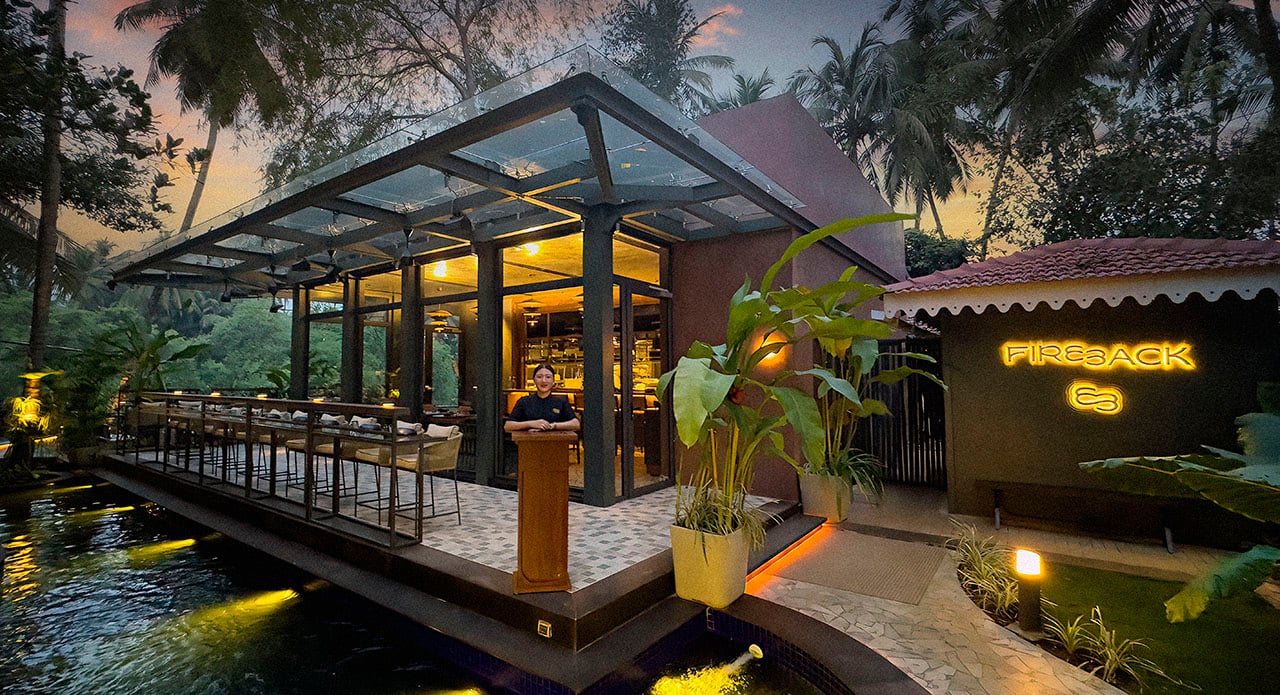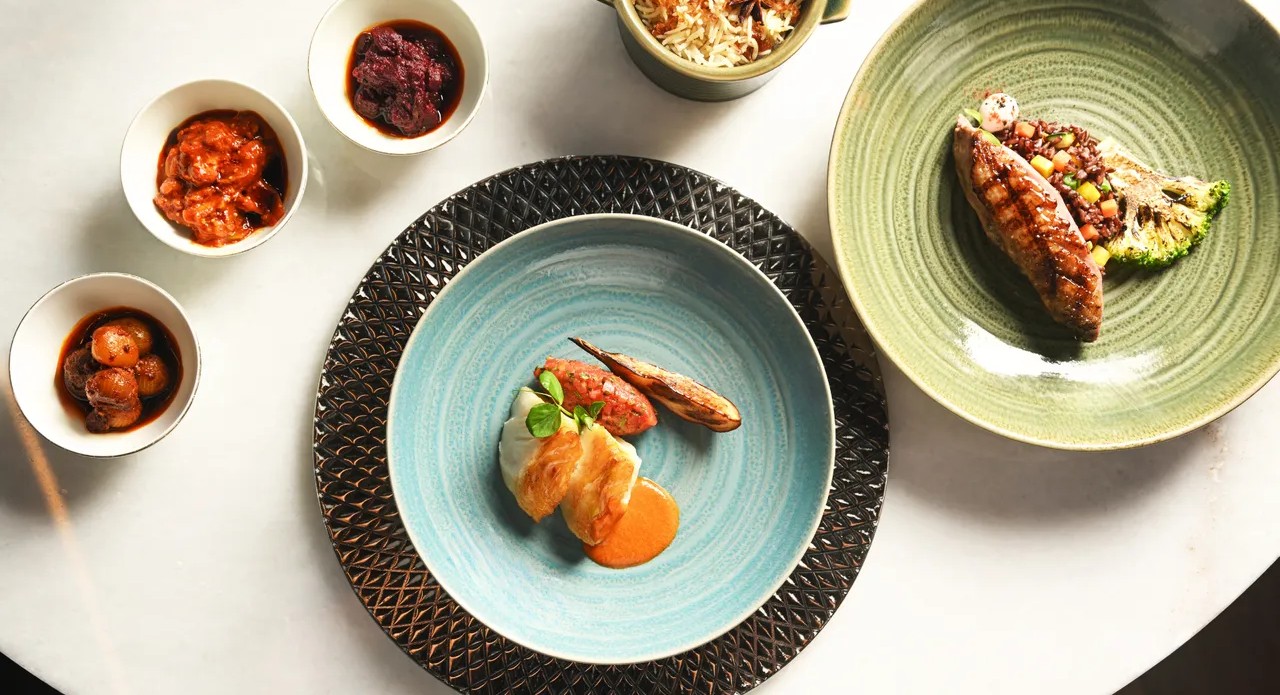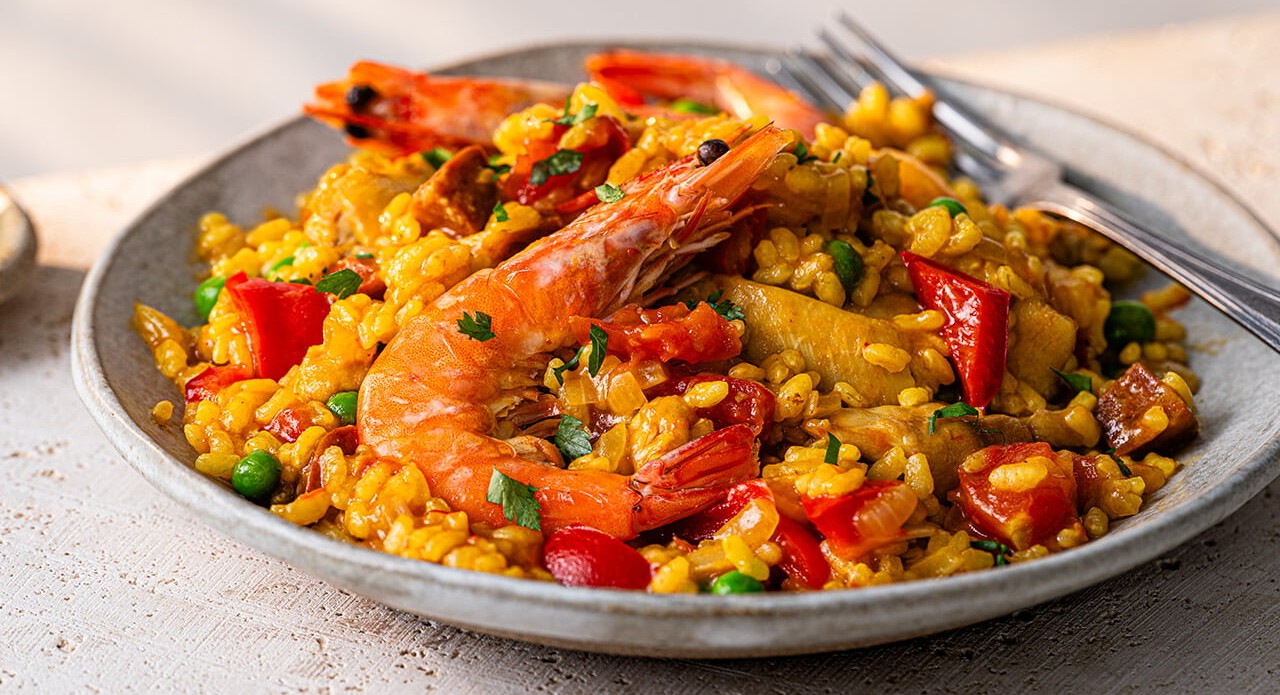Revered by chefs, adored by epicures, and hunted in hushed forests by trained dogs, truffles have ascended from humble fungi to global gastronomic icons. Often dubbed le diamant noir—the black diamond—these subterranean delicacies have become synonymous with exclusivity and culinary artistry.
Today, the black winter truffle (Tuber melanosporum) commands not only astronomical prices but also a reverence that borders on ritual. This coveted fungus has ventured beyond the forests, and unravelled onto Michelin-starred plates, uncovering a world that marries rustic tradition with refined indulgence. In France, truffle hunting has evolved beyond tradition into an immersive luxury experience that blends pastoral charm with elite indulgence. But to understand this modern-day allure, one must first dig into the story that lies beneath the soil.

From Peasant Fare to Culinary Treasure
The mystique surrounding truffles dates back to antiquity. Ancient civilizations—including the Greeks and Romans—regarded them with fascination. Pliny the Elder called them “a marvel of nature,” while Roman nobility believed truffles had divine origins, linking them to thunderstorms and gods. Their supposed aphrodisiac properties added to the fungi’s allure.
During the Middle Ages, however, truffles fell from favour in much of Europe, associated with paganism and superstition. It wasn’t until the Renaissance, when Europe rediscovered classical philosophy and indulgence, that truffles re-entered aristocratic kitchens.
By the 17th and 18th centuries, French nobility had fully embraced them, with figures like Louis XIV championing their cultivation at Versailles. The Périgord black truffle, in particular, became a staple on royal tables. As haute cuisine developed in the 19th century, chefs like Auguste Escoffier elevated the truffle to an ingredient of near-mythical status—one that symbolised refinement, rarity, and restraint.
Today, they continue to hold their place as the apex of gourmet ingredients, commanding prices as high as EUR 1,500 per kg.

Epicentre of Truffle Culture
France remains the undisputed epicentre of the global truffle trade, with regions like Périgord, Provence, and parts of Burgundy leading the charge. Each area brings with it a distinct terroir, method of cultivation, and regional pride.
In Dordogne, the name “Périgord” is synonymous with the black truffle. The surrounding oak forests have, for centuries, been home to truffle hunters who quietly pass down their knowledge through generations. During the winter months, towns like Sarlat-la-Canéda and Lalbenque host open-air truffle markets where the scent alone draws buyers from across the globe.
To the southeast, Provence offers a different palette—sun-bleached limestone hills, lavender fields, and groves of truffle-bearing trees. The village of Richerenches, part of the historic Comtat Venaissin, is known for its Saturday market and a remarkable truffle mass held each January, where parishioners make offerings of truffles in a time-honoured fusion of religion and gastronomy.

Truffle Harvesting
At the heart of the truffle harvest lies a tradition as tactile as it is time-consuming. Truffle hunting—once a purely agricultural practice—has evolved into an elite experience curated for the luxury traveller.
Specially trained dogs, primarily Lagotto Romagnolos, now lead the hunt. Their acute sense of smell makes them more efficient, and less impulsive than the pigs once traditionally used, who often couldn’t resist eating their finds. With a gentle paw or a pointed nose, the dogs alert their handlers to the precise patch of earth beneath which a truffle waits. The silent search culminates the moment when a truffle is gently extracted with a special tool called a cavadou.
Many estates now offer guided excursions into these woods, where guests can witness the synergy between dog and forager, followed by curated tastings featuring freshly unearthed truffles.
What follows a hunt is often a culinary experience that is as simple as it is exquisite. The freshly harvested truffles are typically served in traditional preparations that highlight their earthy aroma—shaved over creamy scrambled eggs, folded into risottos, or gently infused into olive oils and butters.
Properties such as Les Pastras, an organic farm nestled in Provence’s Luberon region, offer intimate tastings post-hunt, often paired with Champagne or local wines. In Burgundy, some wine estates like Château de Pommard have introduced truffle-and-wine pairing experiences, highlighting the symphony between robust reds and the complexity of black truffles.

Truffle Tourism: A New Standard of Slow Luxury
As culinary tourism matures, there is a notable shift toward experiential luxury—where the value lies not just in the final product but in the story of how it came to be. Truffle hunting exemplifies this shift.
For the modern luxury traveller, truffle hunting offers something unique: authenticity paired with exclusivity. Travellers engage not just with the food, but with the soil, the dog, the farmer, the chef. According to Virtuoso’s 2024 “Luxe Report,” demand for “hyper-local culinary travel” has grown by over 50 per cent in the last two years, with truffle hunting cited as a key interest.
Figures from the culinary world further ascertain this love. The global truffle market was valued at USD 342 million in 2023, with projections expecting it to cross USD 600 million by 2030, driven by demand from North America and Asia (as per “Fortune Business Insights”). France remains Europe’s leading producer of cultivated truffles, harvesting 30–50 tons annually, although yields are increasingly affected by climate change and soil depletion.
Planning the Truffle Season
What adds to their value is not just scarcity but also seasonality. The black winter truffle is only available from late November to early March, with January and February offering peak aroma and flavour. During this time, truffle markets across Provence and Périgord are at their most active, and estates offer limited-capacity tours that must be booked well in advance.
For travellers seeking a more curated itinerary, several luxury travel companies now offer private truffle-hunting experiences as part of broader gastronomic tours, complete with accommodation in heritage properties, guided market visits, and chef-led cooking demonstrations. After all, when it comes to truffles, the only thing more elusive than finding them is trying to stop yourself from devouring them!




